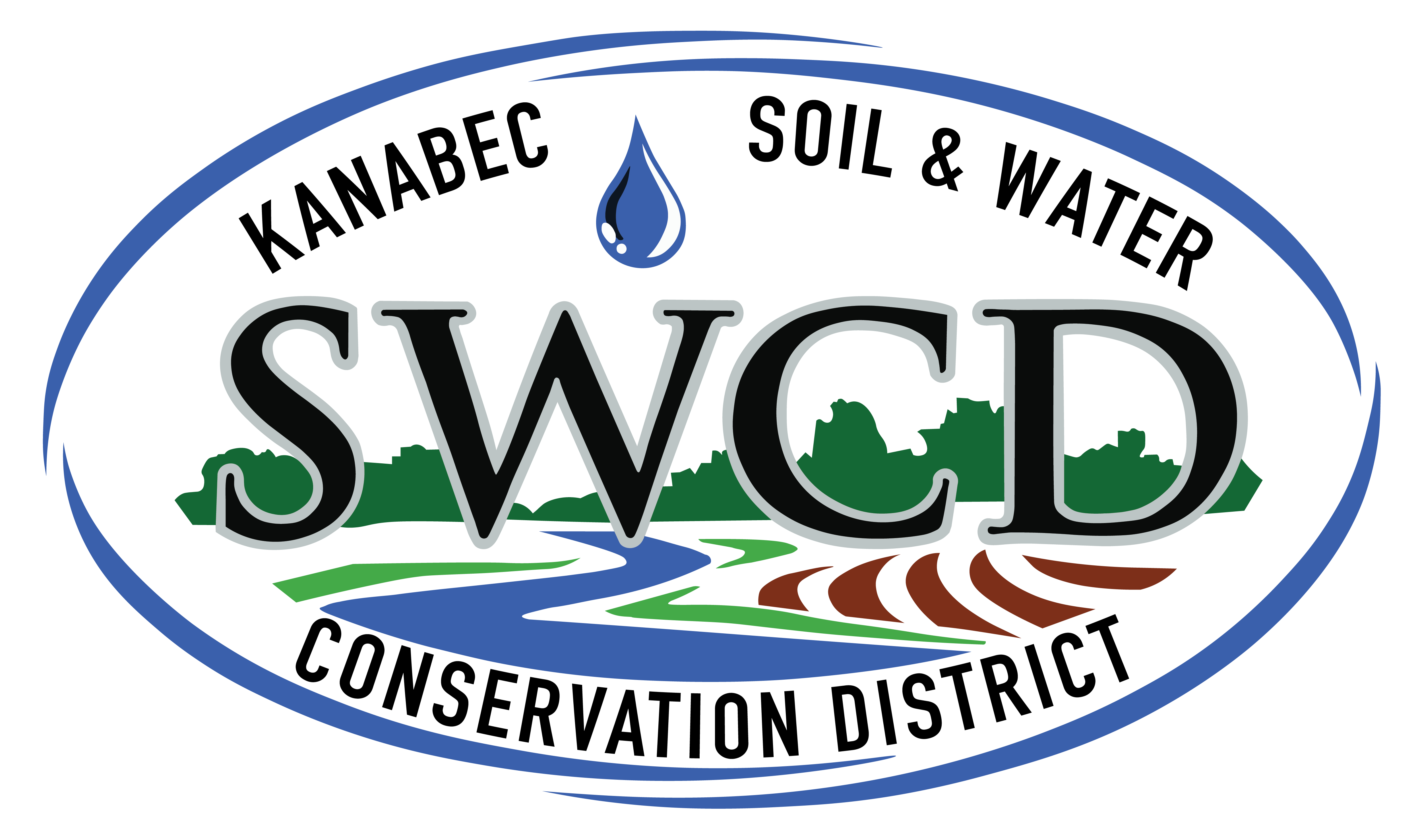Riprap Projects: When is a Permit Required?
One of the most common questions DNR Ecological and Water Resources field staff and the DNR Information Center staff receive is about doing riprap and related "shoreline improvement" projects.
When is a permit required for a riprap project?
The short answer is - in most cases!
A permit can be required by the DNR, the zoning authority (i.e., city, county or township) and/or the watershed district. However, homeowners or contractors often selectively read the list of conditions to qualify for the "no permit required" option, decide a DNR permit is not mandatory, and then mistakenly think no permit is needed.
Two common oversights occur:
- When reviewing the DNR conditions, they note they meet one or two of the conditions, but overlook that they must meet all the conditions, especially the critical requirement that there is a demonstrated need to stop existing erosion or to restore an eroded shoreline.
- They overlook that even if a DNR permit is not required, a permit from the zoning authority or watershed district is usually required.

When are permits required from the zoning authority?
- Within a FEMA mapped floodplain - Riprap is "development," as defined in local floodplain management ordinances (and federal regulations), and requires a permit (unless DNR issues a permit for the same project).
- Within a shoreland district - Within the Shore Impact Zone (SIZ) a permit is required for movement of 10 cubic yards or more. That 10 CY includes the net grading/movement of all material including the riprap rocks, the underlying filter material, and dirt fill and/or excavation material, etc. Most riprap projects will exceed 10 CY and require a local permit.
- Local requirements. The zoning authority may require permits for projects, including riprap, in areas outside of the FEMA mapped floodplain and the shoreland district.
What are local zoning authorities and watersheds doing?
- Applying local higher standards. Many counties, cities and watersheds have higher standards, and those local higher standards always apply over and above DNR or state/federal floodplain requirements. Higher local standards may include criteria for active erosion that warrants riprap and requiring vegetative buffers next to the riprap.
- Verifying that the DNR "no permit required" conditions are met. Local shoreland ordinances require, as a condition of land alteration permit approval, that any alterations or riprap below the OHWL must first be authorized by the DNR.
- Meet floodplain regulations. If the site is within a mapped floodway, a "No Rise" analysis is required to verify the flood elevations are not being increased more than 0.00 feet. In A Zones and AE Zones without a floodway an "allowable rise" analysis to show a rise of no more than 0.5 feet and no increase on existing structures is required for sites on watercourses or lake areas with flow. In all locations, verify the project doesn't increase flood damage potential on neighboring properties (doesn't push more water on the neighbor).
- Meet shoreland regulations. No removal of vegetation.
Example of unnecessary (likely illegal) riprap project
.jpg?ixlib=rb-1.1.0&w=2000&h=2000&fit=max&or=0&s=2ba68964542d6644d6917ff9f355fed0)
In the adjacent photo you can see many of the DNR conditions for not requiring a permit did not exist, including (but not limited to):
- Remnants of emergent vegetation mean they likely covered emergent vegetation
- The gentle slope means there was likely not a demonstrated need for riprap. If there had been erosion of the lawn, the better fix would have been to plant a natural vegetation buffer. And it's unlikely it followed the natural alignment of the shoreline
- Riprap is steeper than the maximum 3 foot horizontal to 1 foot vertical slope, and it appears filling was done behind the steeply sloped riprap
Encourage restoring natural shorelines
There are many good resources about the benefits of retaining and restoring natural shorelines. Start with your county Soil and Water Conservation District (SWCD), community or watershed district.
Some DNR resources:
- DNR Planting Trees and Shrubs on Your Shoreline – 2-page flyer with plant list
- DNR Planting Perennials on Your Shoreline – 2-page flyer with plant list
- DNR Natural shorelines page has links to many resources
Article: DNR
